Jewish views was in conversation with Amy Bressman, President of UJA (United Jewish Appeal) New York and Mark Medin, Executive Vice President of the UJA Federation, New York exploring work that “cares for Jews everywhere and New Yorkers of every background.”
Both are dedicated, deeply involved leaders of the Jewish Community. Both represent the wide base of Jewish involvement. Amy, a long-time New Yorker, is originally from Wichita, Kansas; Mark…
Mark
Is not a native New Yorker…made in South Africa.
Maxine
South Africa! From where?
Mark
Johannesburg.
Maxine
We are in Bridgehampton- a vacation destination for many on America’s East Coast. It looks like many excited women are here supporting UJA. Why have such an event? How does UJA engender this type of camaraderie?
 Amy
Amy
I’ve never been to the Hampton Trunk Show! It is so exciting to see our women want to be together and to support the work of UJA Federation. What makes it really special – and I believe that you highlighted it, Maxine – is the camaraderie that’s present here. It’s an incredible group of strong women who are diversified in their interests and are supportive of the ways that UJA does its work. I love seeing them together having some fun -and that fun is supporting UJA and its mission.
Maxine
How does the trunk show support UJA? What’s the arrangement with the vendors? Mark.
Mark
Vendors contribute twenty percent of their revenue to UJA. Also, the attendees pay an entrance fee to participate in the trunk show. It’s a very good fundraiser for UJA. It’s a brand for UJA and enhances UJA as a vibrant, happening organization bringing together up to a thousand women to socialize, to see friends they haven’t seen in a long time because of COVID, to learn about the work of UJA and enjoy being part of the UJA family and the UJA community.
Maxine
It’s a very wide audience. There were some little ones in baby carriages and some who might be their great-grandmothers. How have you made the show so appealing across the generations?
Mark
We have a variety of people serving on the Trunk Show committee from every generation of UJA leadership. Young women, older women, and middle aged women – all part of the committee – all reaching out to their colleagues, to their friends, to their communities – and inviting everyone to come. We’re focusing in a significant and very strategic way on multi-generational involvement. Where we have a young woman who’s involved, we’re urging her to bring her mother or grandmother. When we have a grandmother who’s involved, we’re urging her to bring her grandchildren and get them involved. It’s a strategic initiative to engage multi-generations of families to support and learn about the work of UJA.
Amy
This event was book ended by two incredible programs that focused on various areas of UJA’s work. Many of the women here today learned about our work in the Ukraine last night. This morning, the program focused on our work fighting antisemitism. What makes these women so incredibly special is their involvement in the content of our work – not only participating in the fun of going to the Trunk Show.
The first program was a presentation by Jonathan Ornstein, the director of JCC Krakow. He spoke about being a UJA partner, available to help Ukrainians as they streamed out of Ukraine into Poland. This morning, Mitch Silber talked about UJA’s initiative in creating safe and secure institutions for people to flourish in their Jewish lives. These women have substance: they understand the content – and they also know how to have fun. It’s a wonderful combination!
Maxine
An important combination. Mark, when you speak about multi-generational families, where have you found the greatest success – from older engaging younger, or younger people bringing back their older relatives?
 Mark
Mark
We’re finding it happens both ways. It’s really impressive to see how many younger people are involved in UJA and how proud their parents and grandparents are. Many are brought into the organization through their children or grandchildren. At the same time, we see many long-time UJA leaders, proud of their decades of involvement, who are eager to get their children or grandchildren involved. It goes both ways. Our staff are thoughtful and strategic in opening the conversation. Our UJA leaders and donors are looking for opportunities to engage in multi-generational involvement.
Maxine
So many of our generations are not strictly within the Jewish family. Are you reaching out to those families that may not be in halachically (according to Jewish law) Jewish?
Mark
Absolutely! We have strong outreach initiatives with Jews of colour and anyone who has married into a Jewish family. We seek to embrace all who want to be part of our community. We’re working on making significant funding available to our grantee agencies that focus on how to break down the barriers of engagement and create welcoming and open environments for all in the Jewish community. Those who marry into the Jewish community are sometimes challenged. It is a huge and very important reality – something we work very hard, and, I think, successfully to achieve.
Maxine
How are you approaching education and involvement through education to people who are new to Judaism?
Mark
There are a variety of ways. Engagement through direct programs UJA organizes, some through our agencies. We’re very big supporters of “Honeymoon Israel” which takes married couples on missions to Israel, and big supporters of volunteer programming at JCCs and local synagogues, where young couples and young families can come together to volunteer around the work of UJA. There are a variety of different programs that UJA funds directly, and grantees bring people into the community, giving them a hands-on opportunity to touch the work, see the work, and feel the work. When you do that, you realize how UJA changes and impacts lives, and inevitably become more engaged in supporting the work.
Maxine
Amy, you are part of the Park Avenue Synagogue family, which has a very strong outreach program. Is UJA cooperating with synagogues like Park Avenue, as well as the organizational bodies that that look at our multiple denominations?
 Amy
Amy
One thing that’s absolutely wonderful about UJA is that we collaborate with all different institutions, synagogues, organizations, depending on what the subject matter is. We often have a very important and strategic role as the convener. Do we convene with synagogues on various issues? All the time. Do we convene with day schools? All the time.One of the fundamental roles and responsibilities UJA has to the New York Jewish community is being that lead organization confronting the issues of the day. So, absolutely!
Mark
We also have direct partnerships with major synagogues. We have a very significant campaign at Park Avenue Synagogue (Conservative) organizing volunteer programs for members. We bring speakers to that community and do the same thing at Central Synagogue (Reform), Kehilath Jeshurun (Orthodox) and a variety of other synagogues throughout the city, as well as throughout Westchester and Long Island. We also have a number of specific fundraising campaigns in synagogues with leadership committed to UJA. Speakers are invited to talk about the work of UJA, the importance of strengthening Jewish life and the Jewish community. They have direct fundraising campaigns to support our work. So, from convening, to doing direct programming to receiving financial support, the synagogue community is a key partner of UJA because it is the front line entity where Jews are committed to Jewish life and spend their communal involvement. We want to be as connected to synagogues as possible.
Maxine
Members of the South African contingent have taken on very strong roles in the New York Jewish community. JCRC/NY (Jewish Community Relations Council of New York) is also led by a South African. What brought you from Johannesburg to this moment as a leader of UJA in New York?
Mark
South African Jews are generally brought up with a very strong commitment to Jewish life. Many Jews who have left South Africa and moved to the United States have sought involvement in the Jewish community because it’s such an integral part of life in South Africa. You’ll find many South Africans both in professional and volunteer leadership roles in a range of Jewish organizations. It goes back to childhood and upbringing, and the deep commitment and passion for Jewish life.
Maxine
The community in New York, like every Jewish community, is threatened in many places. One of the notable is on campus. How is UJA working with the young people on a one-to-one basis or on a community basis?
Amy
I’m really proud of what UJA does with Hillels around the area as well as in Hillels wherever our kids go to college. We’re working very hard to educate them to be comfortable, to give them tools to combat some of the issues. We’re definitely in partnership with Hillel in addressing those issues and trying our very best to make college kids feel safe, able to stand up for who they are and believe in who they are and feel good about that.
Maxine
Going back to the issue of education. We spoke about education for those who are learning to be part of the community. What about those in the community? How are you in enhancing that? How to you engage those who effectively say “I’ve got my Bar Mitzvah done now. Goodbye.” What is UJA doing to change that narrative?
Amy
What’s critical to understand about UJA is that we often are involved in empowering organizations to do that type of work. At UJA Federation, we teach a lot about philanthropy, starting at how very important it is for them to do a mitzvah. It’s associated with the bar mitzvah, to learn about the importance of giving back to the Jewish community that continues and gives teenagers responsibility to learn about philanthropy and how you can be a part of a Jewish community. So, I think we’re staying in our lane to teach the things that we are good at and what we know about, and we are empowering others to do kind of the Jewish education piece that you’re talking about.
 Mark
Mark
We have a program called “The Center for Youth, Philanthropy and Leadership” which brings together dozens and dozens of tenth, eleventh and twelfth grade students every year to learn about philanthropy, understand the value of philanthropy, and learn about the agencies that are funded through UJA. These young men and women raise their own money, and form their own allocations committees to decide how to distribute the money. On average, this young group of high school kids raises about a quarter of a million dollars. They form their own subcommittees and decide, based on their learning throughout the year, how to meet the needs in the community whether it’s fighting poverty or supporting Holocaust survivors or helping children in need in Israel or combating antisemitism. Based on all the organizations with which they met throughout the year, the students make their own allocation decisions about how their quarter of a million dollars will be allocated by UJA. It brings such pride to these young fifteen, sixteen, and seventeen-year-olds to both raise the money themselves and then have the decision-making authority to allocate it out to do good for the community.
Maxine
How much of UJA’s work goes outside of the community borders? You’ve just mentioned poverty programs. How much of today’s efforts are beyond the community?
Mark
All of UJA’s grants are generally given towards Jewish organizations. Many of our grantees, however, are working outside of the Jewish community. For example, the Met Council (Metropolitan Council on Jewish Poverty), the Jewish Childcare Association, and a variety of our domestic social service partners support all New Yorkers in need. They bring Jewish values, Jewish passion, and Jewish compassion to the work they do. If somebody is in need, whether it’s a need around poverty, a need around education, a need around mental health services, and they come to receive those services from the Jewish Board or the Jewish Childcare Association or the Met Council on Jewish poverty, our grantees take our money and support New Yorkers in need. We’re very proud of the fact that the Jewish values that inspire the work we do and the money we raise and the grants we provide, are taking care of all Jews in need, as well as New Yorkers in need.
Maxine
Amy, in concluding our conversation, would you give me your own, very personal thoughts as the person beyond the “president”. What got you to this point, and where do you want it to go?
Amy
For me, being President of UJA, will ultimately be the biggest honor and privilege of my life. I have a responsibility to work with both volunteers and staff to do the work that allows UJA to make a difference in the world around us. I’m totally drawn to the ability to hear about a problem, be able to find the expertise and the knowledge to respond strategically, efficiently, and powerfully. To be the President of an organization that does that is an incredible gift.
Maxine
And you, Amy, are giving an incredible gift. Thank you, Amy, thank you Mark.
Mark
Thank you, Maxine.
Amy
Thank you, Maxine.
by Maxine Dovere
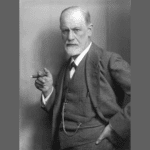

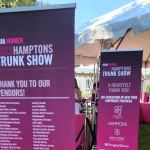

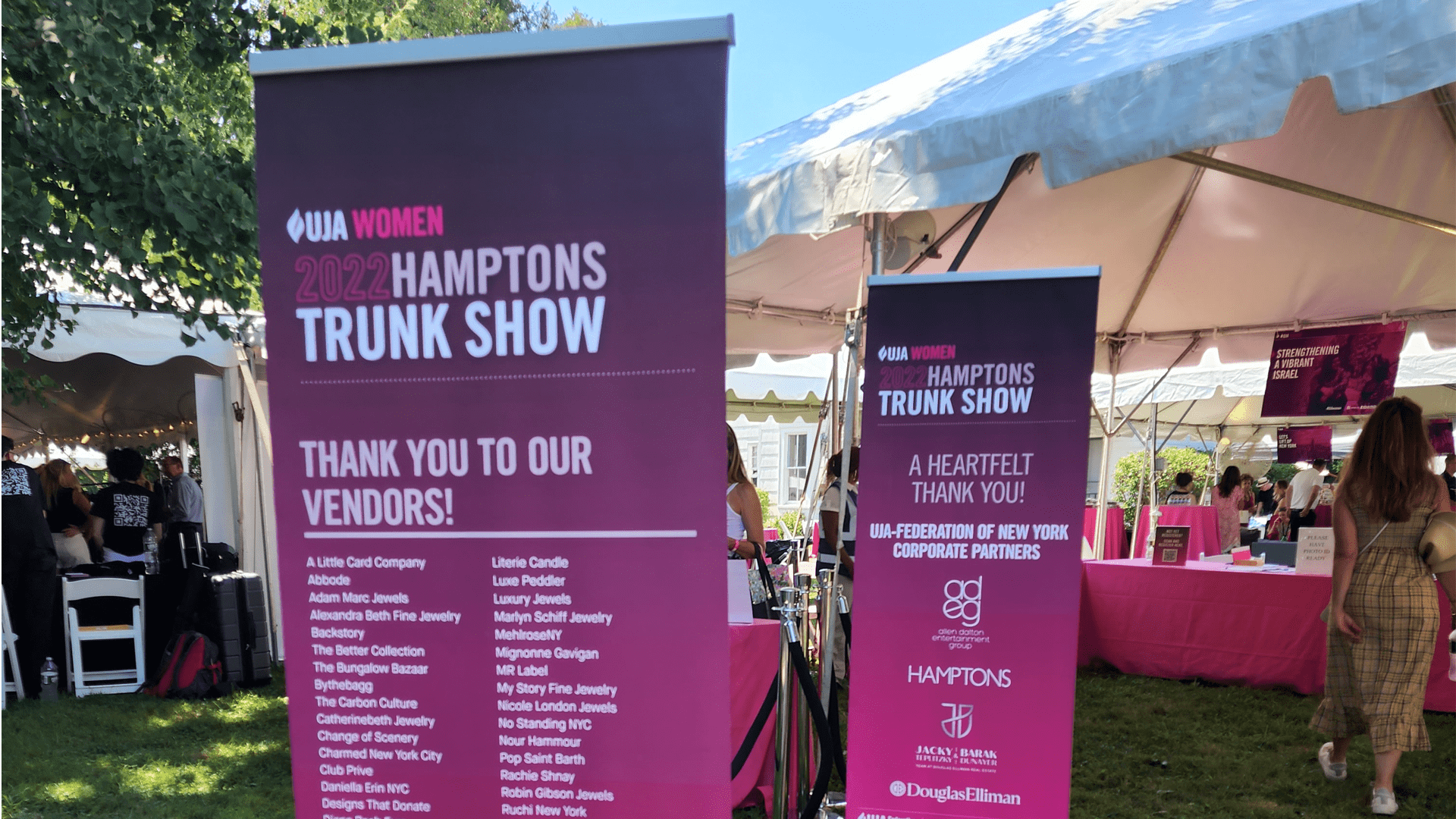
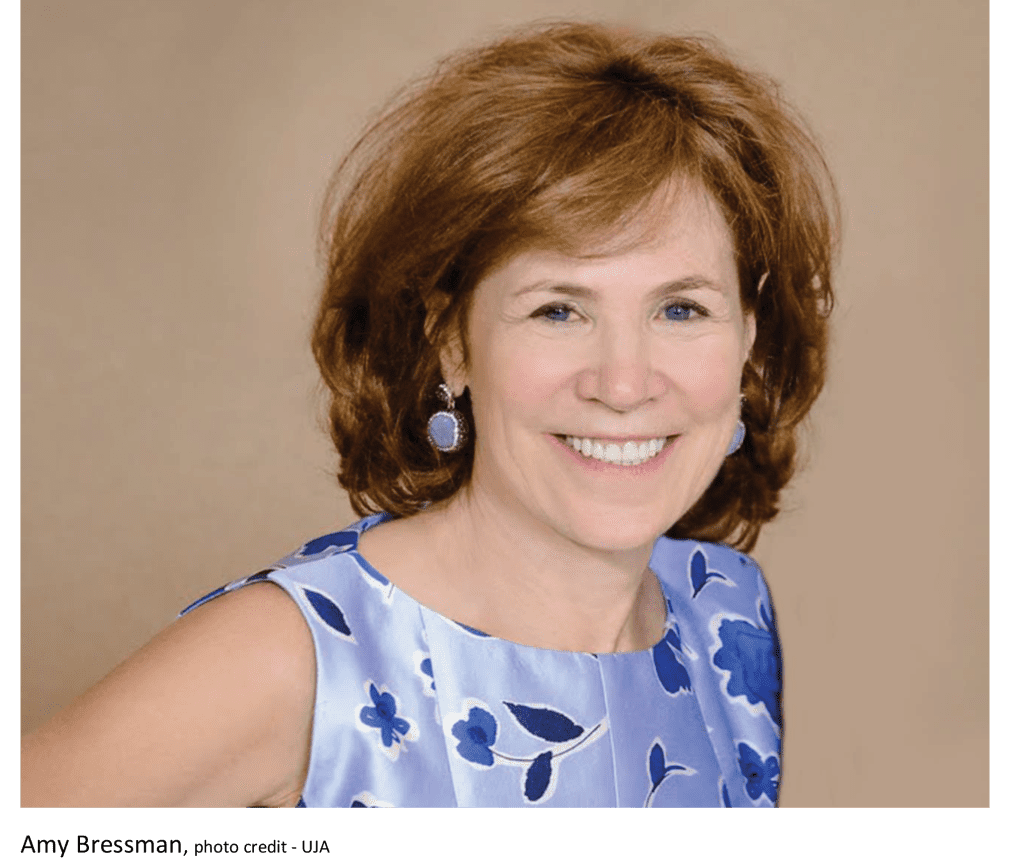 Amy
Amy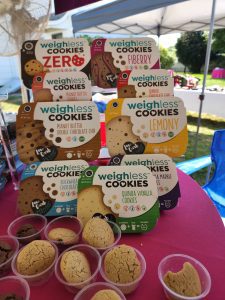 Mark
Mark Amy
Amy Mark
Mark

